How do you handle quality control and assurance for your packaging products?

Quality control starts with defining clear product specifications, including dimensions, materials, printing requirements, and other relevant details. These specifications serve as a benchmark for evaluating the quality of the packaging products.
Introduction to Quality Control and Assurance in Packaging:
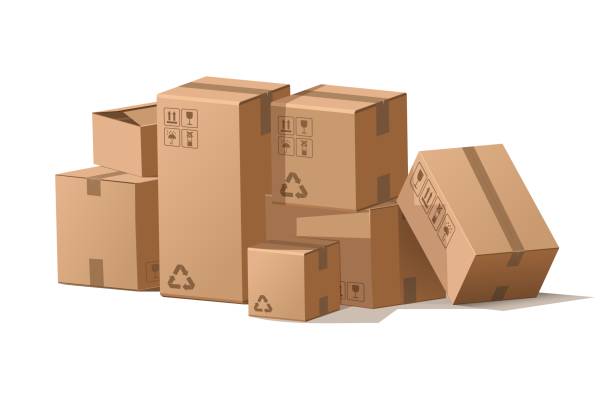
Quality control and assurance in the packaging industry involve a systematic approach to ensure that packaging products meet specific standards and requirements. It encompasses activities related to design, material selection, production, inspection, testing, and evaluation of packaging to ensure it performs its intended functions effectively. The primary goals of quality control and assurance are to enhance customer satisfaction, minimize defects, ensure regulatory compliance, and improve overall product performance.
Establishing Quality Control Systems:
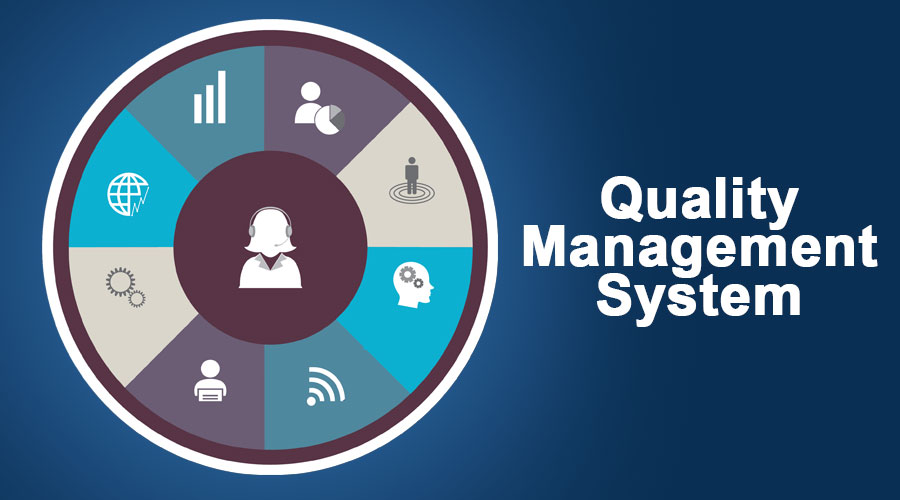
To implement effective quality control and assurance, packaging companies typically establish robust systems and processes. Here are some key steps involved:
- Quality Policy and Objectives: The organization defines its quality policy and objectives, which provide a framework for the quality control and assurance activities. The policy outlines the company’s commitment to quality, while the objectives define measurable targets that drive continuous improvement.
- Quality Management System (QMS): Packaging companies often adopt a quality management system, such as ISO 9001:2015, as a framework to establish and maintain quality control processes. The QMS outlines the procedures, responsibilities, and documentation requirements for achieving and maintaining quality standards.
- Standard Operating Procedures (SOPs): SOPs document the step-by-step instructions for various processes involved in packaging production. These procedures cover areas such as material handling, equipment setup, testing, inspection, and packaging operations. SOPs ensure consistency, reliability, and compliance with quality standards.
- Training and Competence: Packaging companies invest in training programs to ensure their employees have the necessary knowledge and skills to perform their roles effectively. This includes training on quality control processes, equipment operation, safety protocols, and adherence to standards and regulations.
- Documentation and Record-keeping: Comprehensive documentation is crucial for quality control and assurance. Packaging companies maintain records of specifications, test results, inspection reports, process deviations, and other relevant data. These records serve as evidence of compliance and provide a traceable history of the product’s quality journey.
- Supplier Evaluation and Control: Quality control also extends to the selection and management of suppliers. Packaging companies assess and qualify their suppliers based on their ability to meet quality requirements. Supplier evaluations include criteria such as quality management systems, certifications, product quality history, and adherence to industry standards.
Design and Development Process:
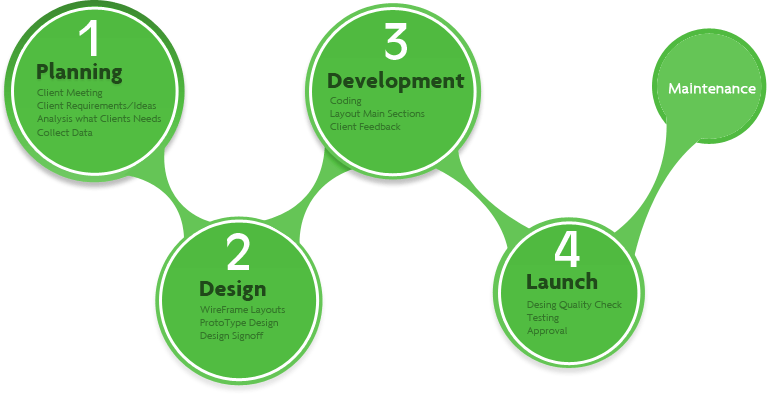
Quality control and assurance begin at the design and development stage of packaging products. Several aspects should be considered to ensure the packaging meets the desired quality standards:
- Functional Design: Packaging should be designed to fulfill its intended functions, such as protecting the product, facilitating handling and transportation, and providing necessary information to consumers. The design should be based on a thorough understanding of the product, its characteristics, and the environmental conditions it will encounter.
- Material Selection: Packaging materials play a significant role in product protection and presentation. Quality control processes involve the evaluation and selection of materials that meet performance requirements, regulatory compliance, and environmental considerations. This includes assessing material properties, durability, recyclability, and sustainability aspects.
- Prototyping and Testing: Before full-scale production, packaging prototypes are developed and tested to validate design concepts and assess their functionality. Prototyping allows for iterative improvements and helps identify potential issues early in the process. Testing may include performance testing, compatibility testing, stress testing, and other relevant evaluations.
- Risk Assessment: Packaging companies conduct risk assessments to identify potential hazards and risks associated with packaging design and usage. This includes evaluating factors like material safety, product compatibility, and regulatory compliance. Risk mitigation strategies are implemented to minimize potential risks and ensure product safety.
Material and Component Inspection:

To maintain quality standards, packaging companies implement rigorous inspection processes for incoming materials and components. This ensures that the materials meet specifications and are suitable for use in production. Some common inspection techniques include:
- Visual Inspection: Visual inspection is the initial step in material inspection. It involves evaluating the material’s appearance, surface quality, color consistency, and any visible defects. Proper lighting and inspection protocols are established to ensure accurate and consistent evaluations.
- Dimensional Inspection: Dimensional inspection verifies the dimensions and tolerances of packaging materials and components. This can include measurements of length, width, thickness, and other critical dimensions. Measurement tools such as calipers, micrometers, and gauges are used for this purpose.
- Material Testing: Material properties play a crucial role in packaging performance. Various testing methods are employed to assess properties such as tensile strength, tear resistance, impact resistance, opacity, and barrier properties (e.g., moisture, gas, or light barriers). Testing is performed using specialized equipment and follows relevant standards and testing protocols.
- Regulatory Compliance: Packaging materials must meet specific regulatory requirements depending on the product and industry. Compliance with regulations such as food contact materials regulations, child-resistant packaging requirements, or hazardous material packaging regulations is essential. Testing and certification by accredited laboratories may be required to ensure compliance.
Production Process Control:

Quality control and assurance measures are integrated into the packaging production process to identify and address any potential issues. Some key aspects of production process control include:
- Equipment Calibration and Maintenance: Packaging equipment needs to be calibrated regularly to ensure accuracy and consistency. Calibration ensures that measurements and settings remain within acceptable limits. Maintenance programs are implemented to keep equipment in optimal working condition and minimize downtime.
- Process Monitoring: Real-time process monitoring helps identify any deviations from established parameters and allows for immediate corrective actions. Monitoring techniques may include visual inspections, automated sensors, statistical process control (SPC), or other monitoring tools specific to the production process.
- Standardized Work Instructions: Packaging operations are performed following standardized work instructions to ensure consistency and minimize variations. These instructions outline the sequence of operations, specific requirements, and quality checkpoints throughout the production process.
- In-process Inspections: Regular inspections are conducted during production to verify the quality of intermediate products. This includes visual inspections, dimensional measurements, or functional testing at various stages of the packaging process. Inspections may be performed by trained operators or automated systems.
- Statistical Process Control (SPC): SPC techniques involve statistical analysis of production data to monitor and control the production process. SPC helps identify trends, variations, and out-of-control conditions, enabling proactive interventions and continuous improvement. Control charts, process capability analysis, and other statistical tools are commonly used for SPC.
- Packaging Line Validation: Packaging companies may conduct line validation exercises to ensure that the production line is capable of consistently producing packaging products that meet quality standards. This involves running a series of tests and inspections to assess the line’s performance, efficiency, and product quality.
Finished Product Inspection and Testing:

Once the packaging products are manufactured, comprehensive inspection and testing procedures are conducted to ensure their quality and conformity to specifications. Some key activities in this phase include:
- Final Visual Inspection: A thorough visual inspection of finished products is performed to identify any defects, cosmetic issues, or inconsistencies in labeling and printing. This inspection verifies that the packaging products meet the desired aesthetic and branding requirements.
- Functional Testing: Functional testing evaluates the packaging’s performance in real-life conditions. It may involve testing aspects such as opening and closing mechanisms, resealability, stacking strength, compression resistance, and product protection capabilities. Functional testing ensures that the packaging performs as expected throughout its lifecycle.
- Performance Testing: Performance testing focuses on evaluating the packaging’s ability to protect the product against specific environmental conditions, such as temperature, humidity, or light exposure. Testing methods may involve accelerated aging tests, vibration tests, drop tests, or transportation simulation tests. These tests help identify potential weaknesses and ensure that the packaging can withstand expected stresses.
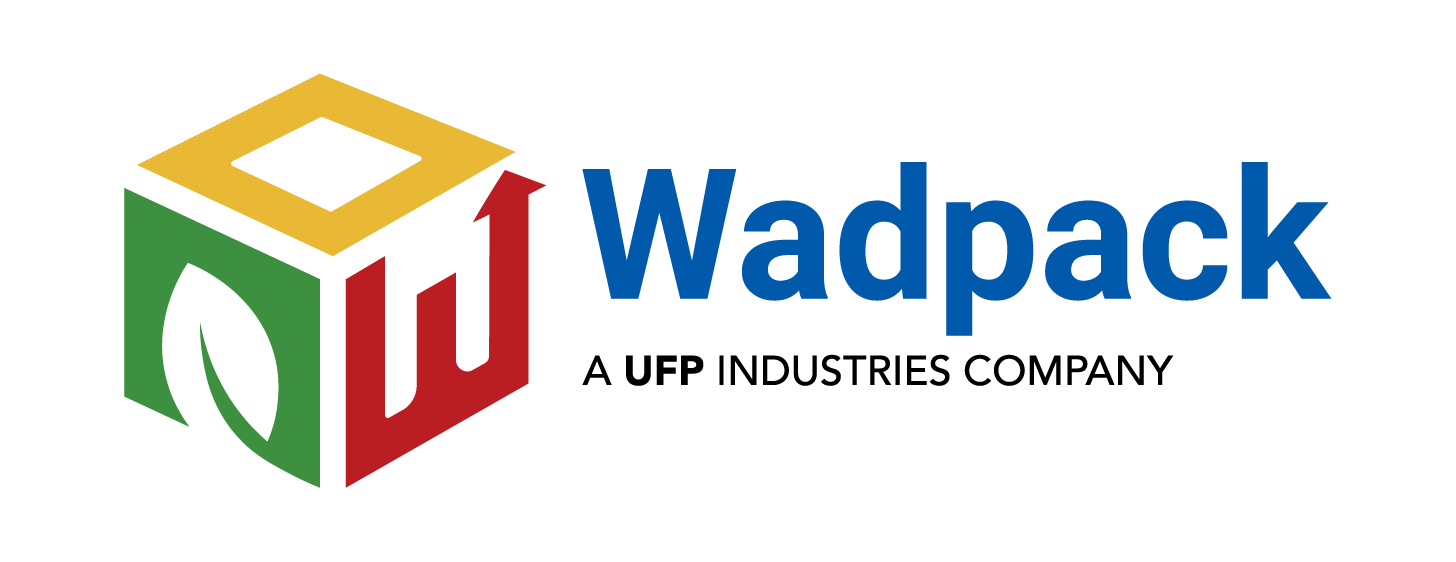


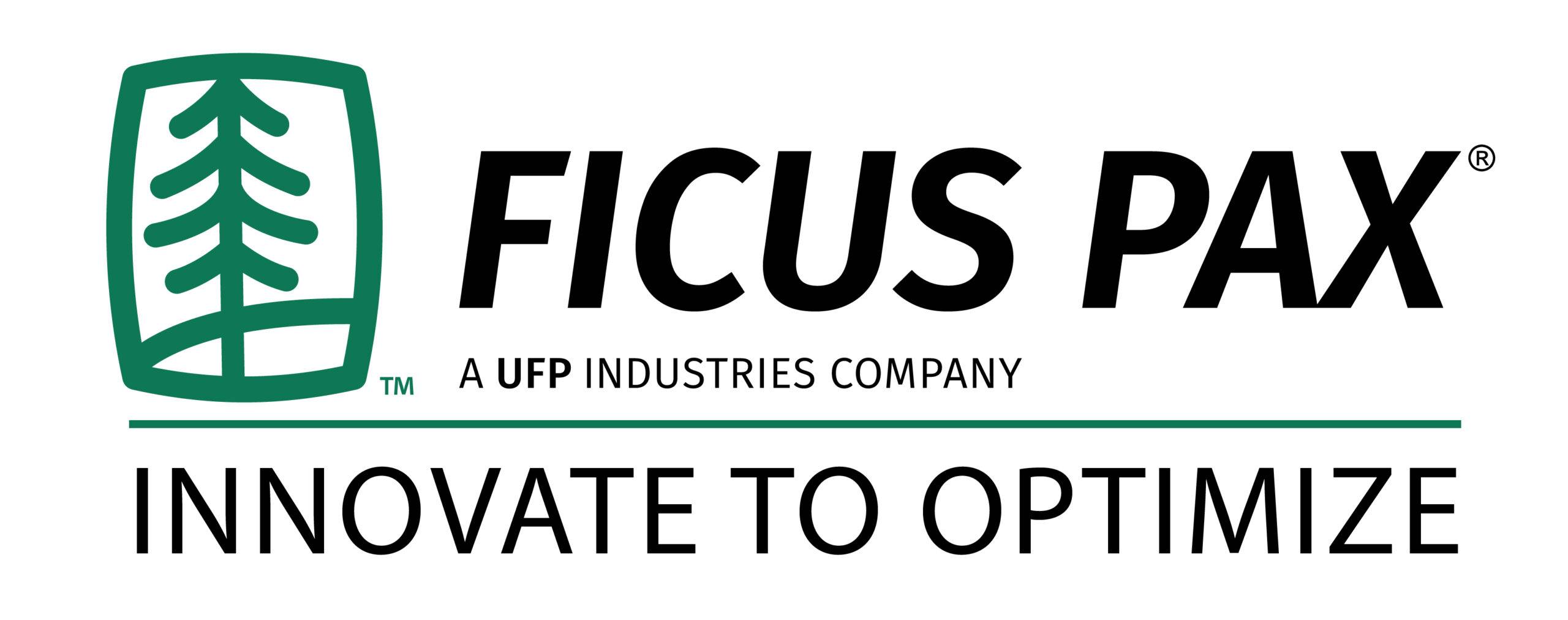
Leave a Comment